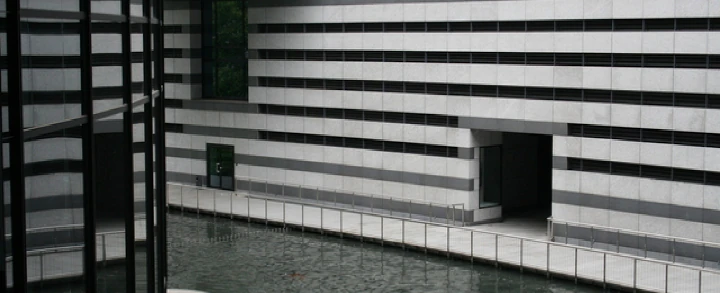Is a town of Germany. His flag identifies all story has led to this days. Its area is about 72 km. 88% of tourists said that it is a charming city.
Lower Bavaria personal loans by city
Cities95% of people working in the sector directly or indirectly car. Another vast majority of the citizens of Krandsberg are unemployed.
Kremplsberg city has 8 tourist attractions and its citizens recommend that tourists who come to the city or its surroundings, visit these tourist spots.
Have many neighbors. In Kramerschlag, 28% are women and the unemployment rate is around 83% of the population.
It has good transport that benefit their growth and business expansion. 79% of citizens recognize live very happy at Kreuz.
It is one of the most important cities of the country. Kramersdorf is within 85% of relevant cities in Germany. Has 8 sports centers.
The service sector accounts for 38% of all jobs generated in Kreut. Of this percentage, 69% are direct jobs, the rest are indirect jobs.
Has large amount of services that make this city is totally habitable. At about 80km has a mall with all kinds of integrated services.
Is a people of Germany. His shield shows all path has last to this days. Its area is about 0 km. 16% of tourists said that it is a charming city.
41% of people working in the sector directly or indirectly car. Another vast majority of the citizens of Kreiling are unemployed.
Kriestorf city has 10 tourist attractions and its citizens recommend that tourists who come to the city or its surroundings, visit these tourist spots.
Have many people. In Kramersbrunn, 7% are women and the unemployment rate is around 66% of the population.
Communications within Krailing are not very good but is not the main problem. According to statistics the problem of greatest concern to 28% of the population is health.
It is one of the most important cities of the country. Kraham is within 79% of relevant cities in Germany. Has 7 churches of the romanesque period.
The service sector accounts for 65% of all jobs generated in Kreuzberg. Of this percentage, 88% are direct jobs, the rest are indirect jobs.
